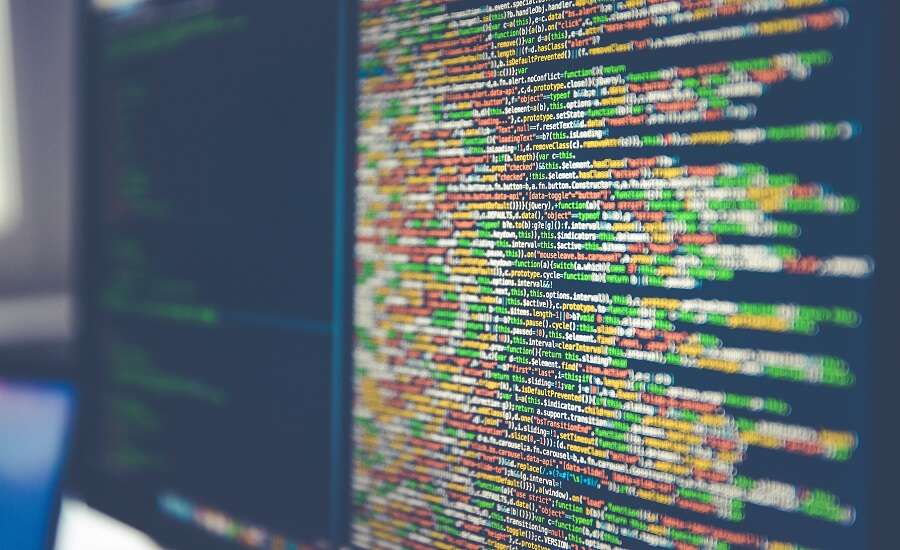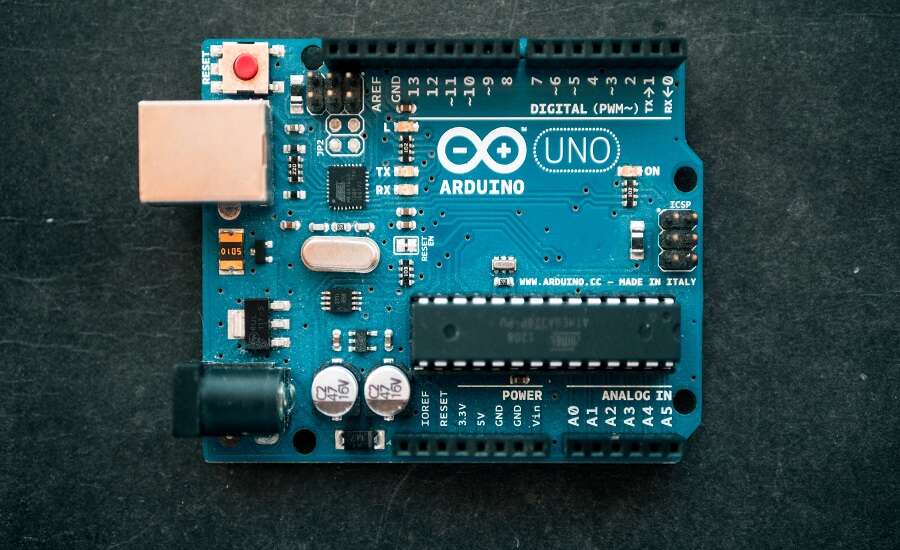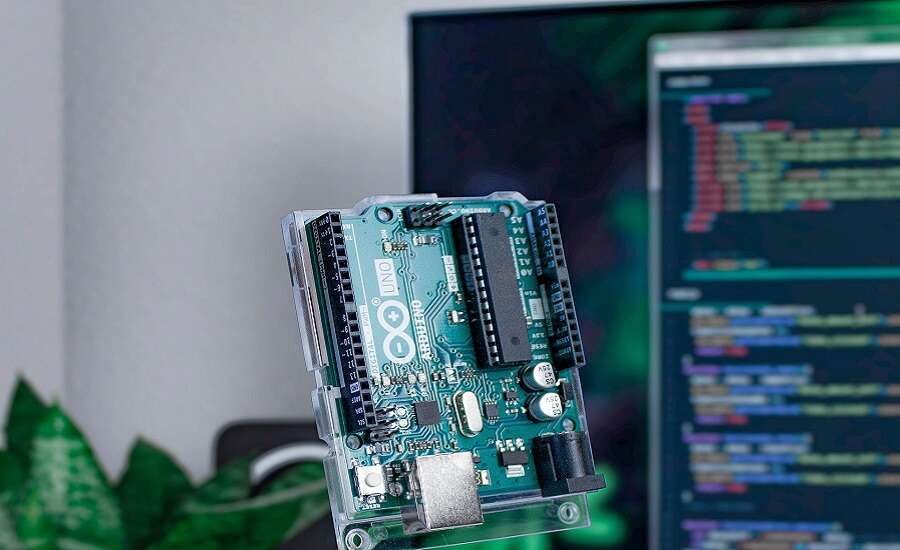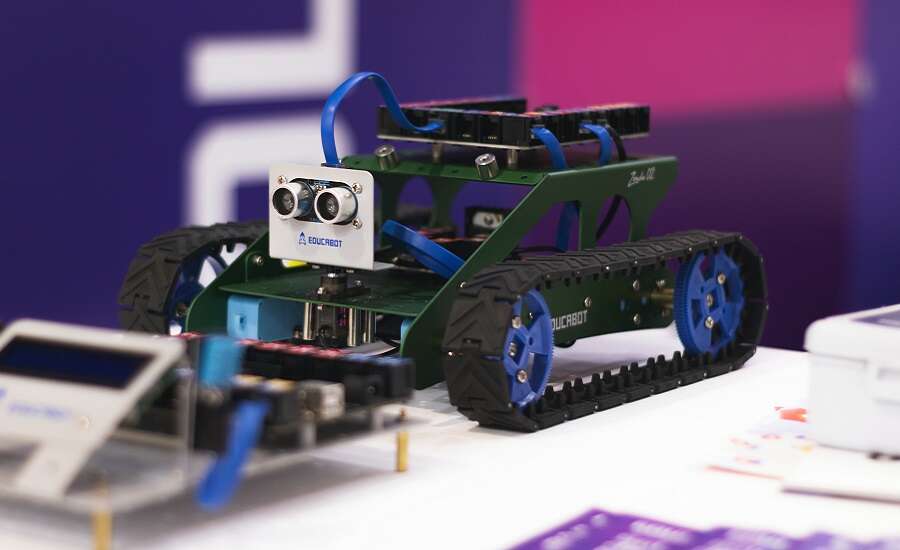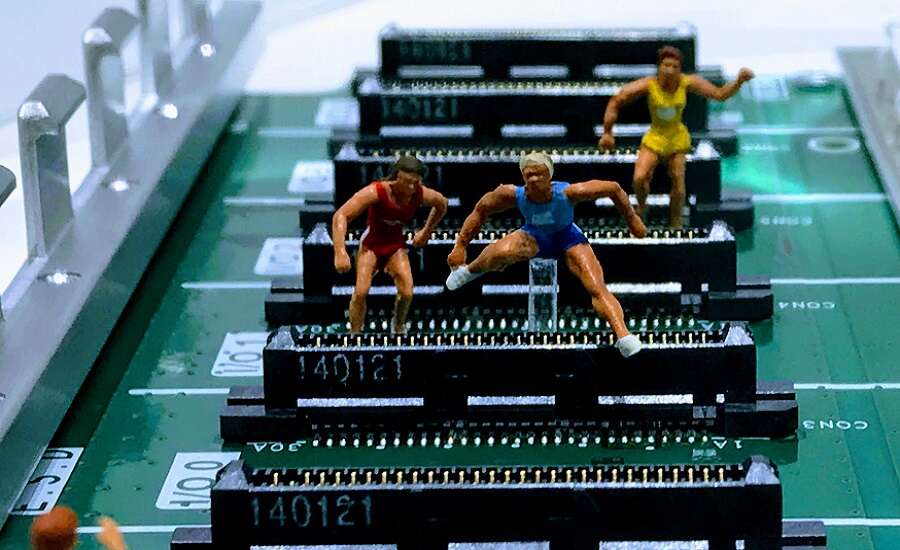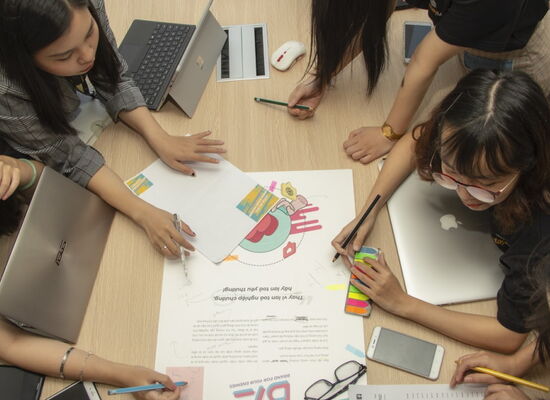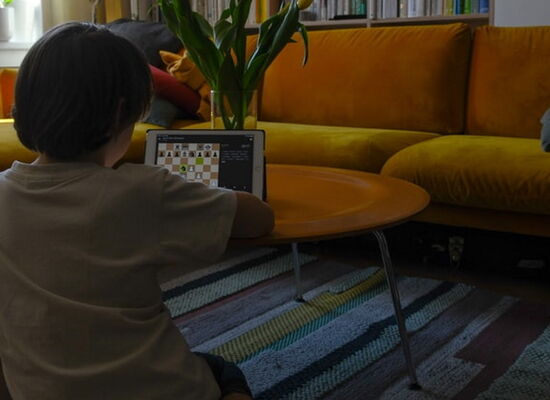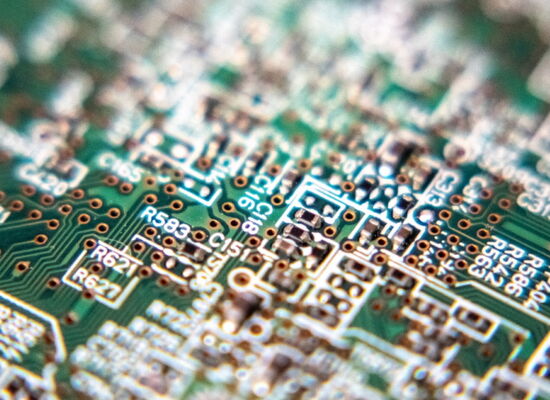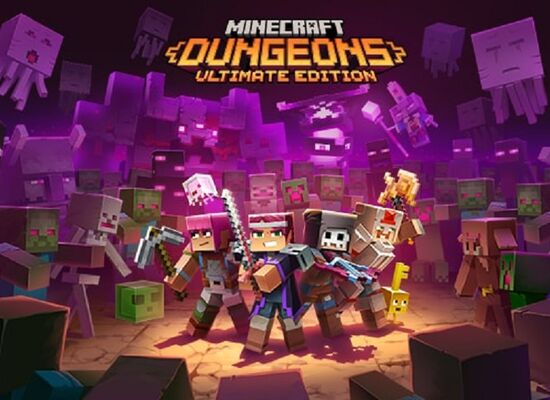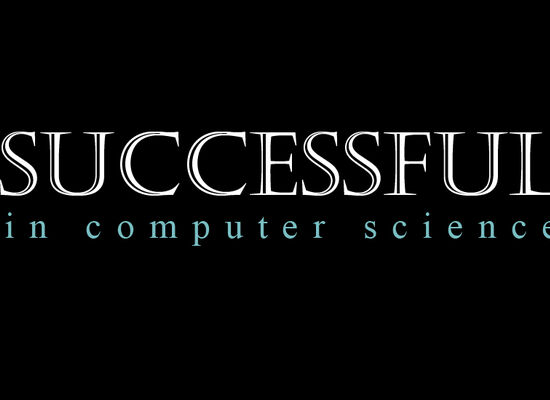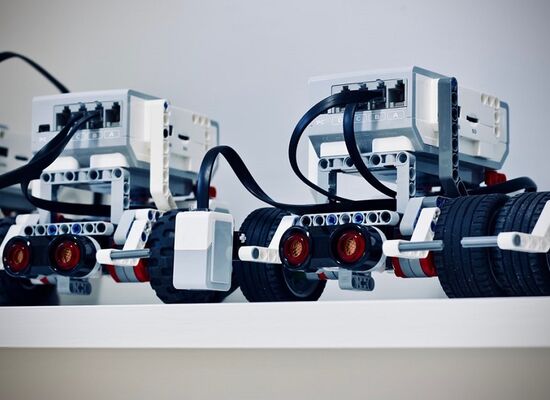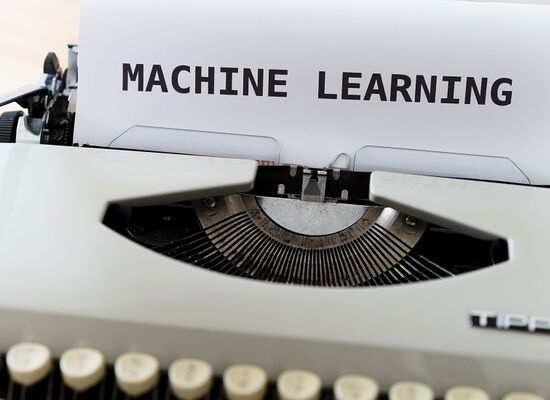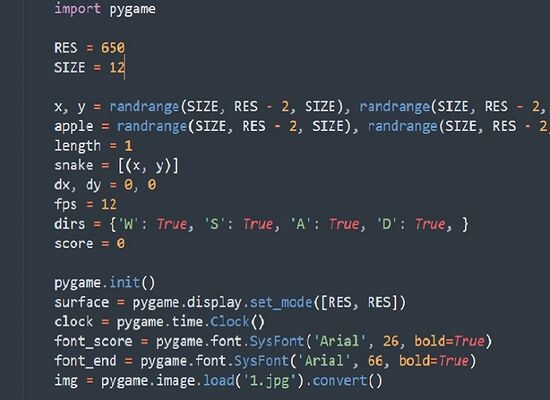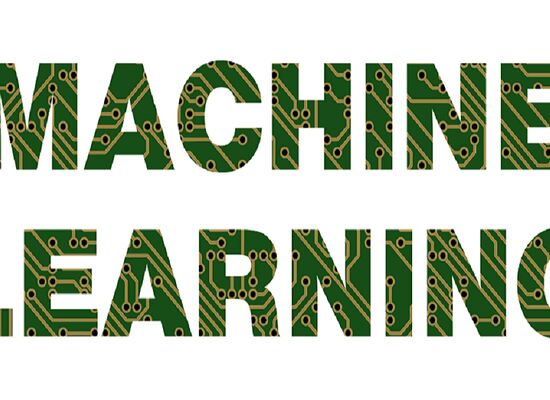Micro:bit vs Arduino
1 July, 2021
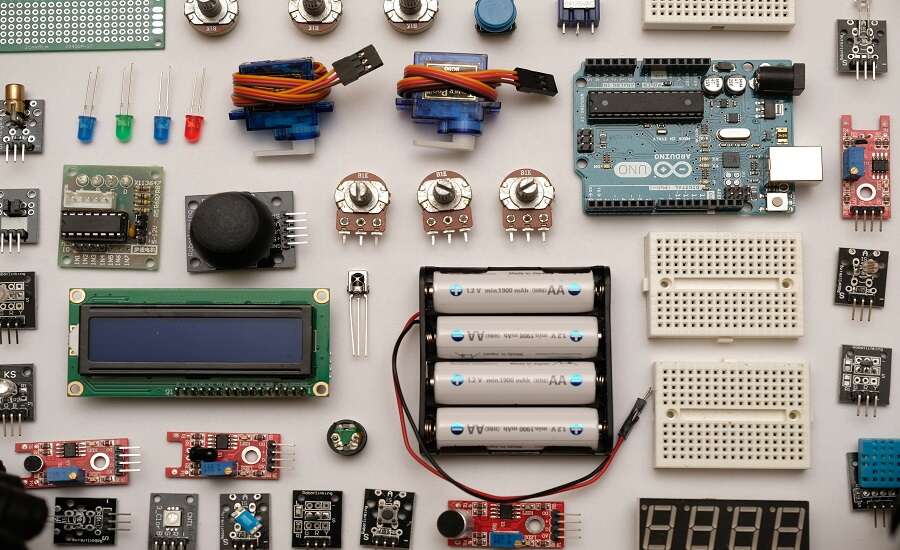
Which is better – micro:bit or Arduino?
- micro:bit and Arduino are both tiny computers that introduce kids to coding by experimenting with hardware and software
- Arduino is programmed primarily with text-based languages, whereas micro:bit can also be programmed with block-based languages which are more suitable for kids
- micro:bit is more powerful and contains more features in one single board, however Arduino can be connected to dozens of different extension boards for more advanced projects
- In general, Arduino is more suitable for older and more advanced learners with a keen interest in coding and electronics, and micro:bit is more kid-friendly
Micro:bit vs Arduino
Learning to code for hands-on learners could not be more engaging than with micro:bit or Arduino. These two microcontrollers are perfect for kids who love exciting gadgets, experiments and games! So what are micro:bit and Arduino, and which option is better for your kids?
What is micro:bit?
micro:bit is a pocket-sized computer developed by the BBC in 2016. It introduces kids to how software and hardware work together and helps them to learn to code via web or mobile apps. This tiny computer is equipped with a variety of different input and output features allowing kids to enjoy countless games and activities whilst learning at the same time!
Languages and platforms with micro:bit
There are two web-based editors on the micro:bit website as well as mobile apps for Android and iOS that kids can use to program their micro:bit.
- Microsoft MakeCode
Microsoft MakeCode is used primarily to write block-based code for micro:bit, making it the ideal platform for new coders who can write their micro:bit program by dragging and dropping colour-coded blocks. Block-based coding on MakeCode is simple but powerful enough to make use of all of micro:bit’s capabilities and features. What’s more, MakeCode provides a window into text-based coding, as the code editor can be switched into JavaScript view.
- Python
Alternatively, the micro:bit can be programmed with Python – one of the world’s most popular and important coding languages. Python’s syntax is more similar to everyday English than other text-based programming languages, so even kids as young as 8 years old can learn the language.
- Mobile applications
Using even a cheap mobile device, kids can write programs and send them directly to their micro:bit.
What can you do with micro:bit?
micro:bit is equipped with a wealth of input and output sensors – LED lights, buttons, a speaker, microphone, accelerometer, compass, temperature sensor and radio and Bluetooth transmitter and more – which can be programmed to create experiments, games and other activities all with one board. You can read about some potential micro:bit projects, such as a step tracker, jukebox, intruder alarm and disco ball, here. For new coders who need some help and inspiration, the micro:bit website is full of project ideas and tutorials.
Cost of a micro:bit: $20.90 (includes micro:bit board, USB cable and battery holder)
What is Arduino?
Arduino was founded in 2005. Its hardware and software are simple enough for students without prior knowledge of engineering and programming, but also offer an enormously wide range of capabilities which makes Arduino great for advanced users to experiment with. Arduino is open-source, so its users can adapt the board to their own needs and interests.
Languages and platforms with Arduino
The Arduino board is programmed using the Arduino programming language, a modification of the text-based language C++, and the Arduino Software (Integrated Development Environment), a text editor for writing code. Using this software, kids can write programs – known as ‘sketches’ – and upload them to their Arduino microcontroller. Users can also access thousands of Arduino libraries – packages of code that can be imported into the program to provide extra functionalities.
There are two ways to programme an Arduino board:
- Use the Arduino web editor which runs on Chrome, Firefox, Safari and Edge. There are several benefits to the web editor over the desktop IDE: it allows users to save their programs in the cloud and access them from any device; the web editor is always up-to-date, meaning there’s no need to continuously install updates; it is very simple to share your projects; and hundreds of the most popular libraries are built into the editor.
- Install the latest version of Arduino desktop IDE, running on Windows, Mac, Chrome and Linux operating systems. The benefits of the desktop IDE include: more storage space depending on your computer (the web editor only stores 100MB or 100 programs); any compatible board can be programmed; and no internet connection is required.
What can you do with Arduino?
Arduino is suitable for anyone and everyone – kids, teachers, programmers, designers, artists – who can start projects simply by following step-by-step instructions and learning from members of the Arduino community.
There are dozens of different boards and kits available – from the Arduino Starter Kit for absolute beginners, to advanced functionality boards which can be used for robotics experiments, Internet of Things devices and industrial communications devices. The most popular board is the Arduino Uno. Each board has different hardware which can include input/output pins, a USB connection, power jack, clock, Bluetooth sensor, gyroscope, magnetometer, accelerometer and more.
On the Arduino forum page you can explore the latest projects created by Arduino’s worldwide community and see how the microcontroller is used in real-life context – for example, to create a temperature measurer and social distance detector to help businesses during the pandemic.
Cost of an Arduino Starter Kit: $91.90 (contains Uno board, 170-page project book, cables, LEDs, resistors and more)
Cost of an Arduino Uno Board: $23.00
What is better for kids – micro:bit or Arduino?
Let’s start by examining the similarities between micro:bit and Arduino:
- Both micro:bit and Arduino are simple, low-cost tools which introduce kids to hardware and software and help them learn to code, get to grips with electronics, and develop problem solving and creative skills.
- Neither Arduino nor micro:bit require any prior knowledge of programming or electronics.
- Arduino and micro:bit boards have many sensors and input and output controls which can be used for exciting hands-on activities.
Where do the two microcontrollers differ?
- While micro:bit looks simple, it is more powerful than Arduino and has many more functions – Bluetooth, accelerometer, compass, LEDs, buttons and more integrated into one pocket-sized device, meaning that no extensions are needed to build some really fun experiments.
- Arduino’s most popular board, Uno, is not equipped with such exciting hardware. The dozens of extensions which can expand the functionality of the board must be purchased separately and this makes the whole process more expensive and complex. This is reflected in the prices of the Uno board or the Starter Pack, shown above. On the other hand, the number of Arduino hardware extensions allows for more advanced programming and engineering projects – for example, the Arduino Wi-Fi shield which allows the board to connect to the internet.
- micro:bit can be coded in Python or JavaScript-based block coding which is suitable for young kids. Arduino programs written on Arduino IDE can only be written C++. Although Arduino uses a more simplified version of the C++ language, its interface is nonetheless not as engaging as a block-based platform. If kids want to programme their Arduino board with a block-based language then they must use third-party software, for example mBlock to programme with Scratch.
- micro:bit software is solely web-based and no downloads are required. However, your programming depends on having a fast and reliable internet connection. Arduino users can download the desktop IDE allowing them to code without relying on a web browser.
- Arduino has a vast array of libraries for users to import, which have been created over the many years of Arduino’s existence by the user community. micro:bit does not offer the same level of libraries or community support, however it was developed as an educational tool by the BBC and so there are many excellent, kid-friendly tutorials.
- Arduino IDE software can be used to programme many different boards, not just Arduino-branded ones – in fact, you can actually programme a micro:bit on Arduino!
Photo by Robin Glauser, Markus Spiske, Dustin Tramel, Harrison Broadbent , Niclas Illg, Marília Castelli, John Cameron on Unsplash

